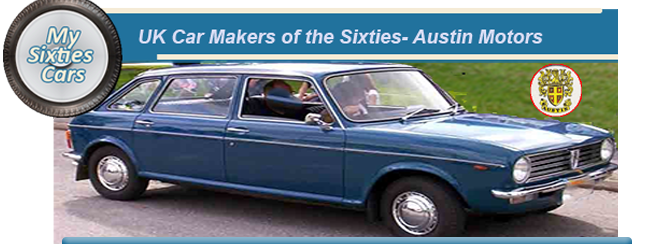
Austin came into the Sixties offering a comprehensive range of models all sizes were available, ranging from A40 Farina fastback to opulently appointed A105 limousine.
Austin’s true entry-level vehicle for the Sixties was the A35 Countryman version of the saloon of the same name.
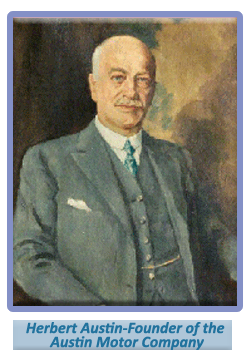 The estate remained in production well into the Sixties despite the saloon version being discontinued in 1959.
The estate remained in production well into the Sixties despite the saloon version being discontinued in 1959.
Another throwback to the Fifties was the angular Farina-bodied A40, with its estate styling and let-down tail-board beneath a fixed rear screen.
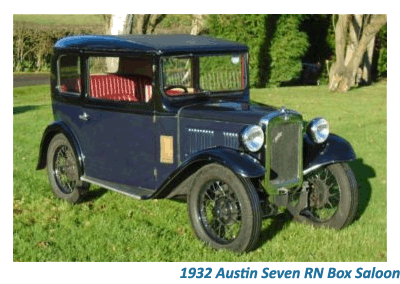 The A40 Farina also ran well into the Sixties, as did the A55 Mark II another typically solid and dependable Farina-bodied saloons, better known as the Austin Cambridge.
The A40 Farina also ran well into the Sixties, as did the A55 Mark II another typically solid and dependable Farina-bodied saloons, better known as the Austin Cambridge.
In this basic trim, the A40 was not further modified before production finally ceased in November 1967.
he A55 Cambridge Farina saloon, in the meantime, had become a symbol of middle-class affluence slightly lower than the P4 Rover series and offered comfortable accommodation, a solid, stable and reasonably effortless transport.
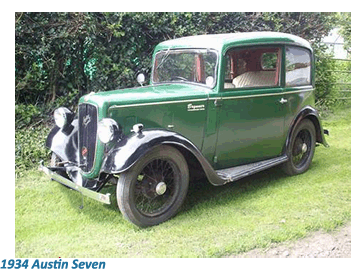 September 1963 saw the launch of the first BMC model of the decade, the Austin 1100, fitted with the new and revolutionary ADO16 transverse front-engined 1098-cc variant developed by BMC.
September 1963 saw the launch of the first BMC model of the decade, the Austin 1100, fitted with the new and revolutionary ADO16 transverse front-engined 1098-cc variant developed by BMC.
With its larger, roomier shell than the Mini, but very much on the same theme, the Austin 1100 was an almost exact copy of the Morris version, except for its grille which comprised eight wavy horizontal bars with a central emblem.
![]()
In October 1964. Austin announced the release of the 1800 Mark I, an extremely spacious and rather handsome four-door body in typically BMC transverse-engine style.
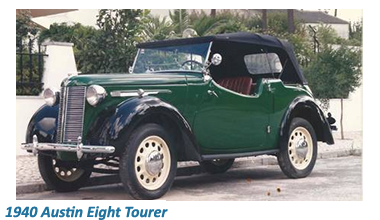 The 1800 was a full five-seater with enormous bench seats front and rear and, although comfortably trimmed, was described as rather simple and 'empty' within.
The 1800 was a full five-seater with enormous bench seats front and rear and, although comfortably trimmed, was described as rather simple and 'empty' within.
An under-square 1798-cc five-bearing engine was fitted, developed from the unit used in the MGB matched up to an all-synchromesh four-speed gearbox was introduced with a standard top gear speed of 16.4 mph per 1,000 rpm.
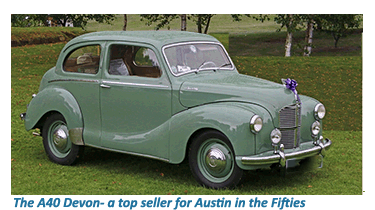 Late in 1967 with sales of all the Austin range reaching new highs, next to be released was the Austin 3 Litre, this time a conventional longitudinal engined rear-wheel drive saloon, based on the spacious 1800 centre section.
Late in 1967 with sales of all the Austin range reaching new highs, next to be released was the Austin 3 Litre, this time a conventional longitudinal engined rear-wheel drive saloon, based on the spacious 1800 centre section.
The big saloon stood out with its with long bonnet with 1800-type grille and rectangular headlamps grafted on to an 1800 centre section with an apologetic-looking boot that looked like it had been glued on at the tail.
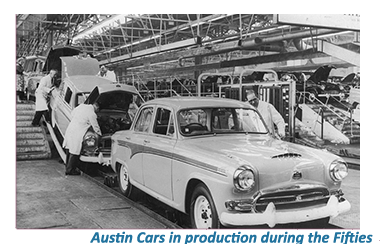 The 3 Litre was powered by the latest MGC-type 2912-cc six-cylinder C-Series engine, matched up to a standard manual transmission, although Borg-Warner 35 automatic was optional.
The 3 Litre was powered by the latest MGC-type 2912-cc six-cylinder C-Series engine, matched up to a standard manual transmission, although Borg-Warner 35 automatic was optional.
As the end of the decade was rapidly approaching, in April of 1969, BLMC announced the arrival of their long-awaited replacement for the Farina saloon, the Austin Maxi.
![]()
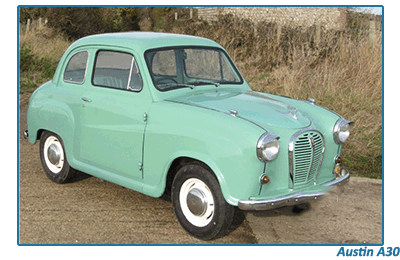 This model had been on the stocks for a long time, its release sensibly having been delayed until produced in sufficient quantity for all major dealers to have demonstrators available at once.
This model had been on the stocks for a long time, its release sensibly having been delayed until produced in sufficient quantity for all major dealers to have demonstrators available at once.
The Maxi featured a new single overhead cam shaft (ohc) 1485-cc under-square engine, producing 75 bhp net at 5,500 rpm.
This was a major new design task, intended to be developed well into the 'seventies as a basic power unit.
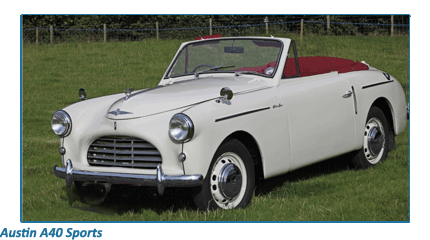 A considerable investment of £16 million were put into the engine's development, with its unusual under-square dimensions were chosen to allow the production of a compact six-cylinder engine suitable for similar transverse mounting using the same tooling.
A considerable investment of £16 million were put into the engine's development, with its unusual under-square dimensions were chosen to allow the production of a compact six-cylinder engine suitable for similar transverse mounting using the same tooling.
Both roomy and comfortable, sturdy and solid, the Maxi, from the outset, seemed likely to live up to its pre-release hype as the ideal dual-purpose vehicle, although fuel consumption was not particularly outstanding, averaging about 28 mpg.
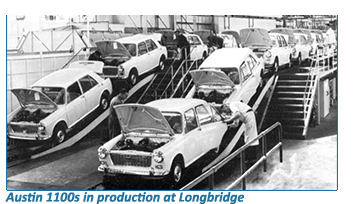
 The Seventies would present a different reality whatsoever as the company carefully assembled by Herbert Austin gradually crumbled into disarray.
The Seventies would present a different reality whatsoever as the company carefully assembled by Herbert Austin gradually crumbled into disarray.





